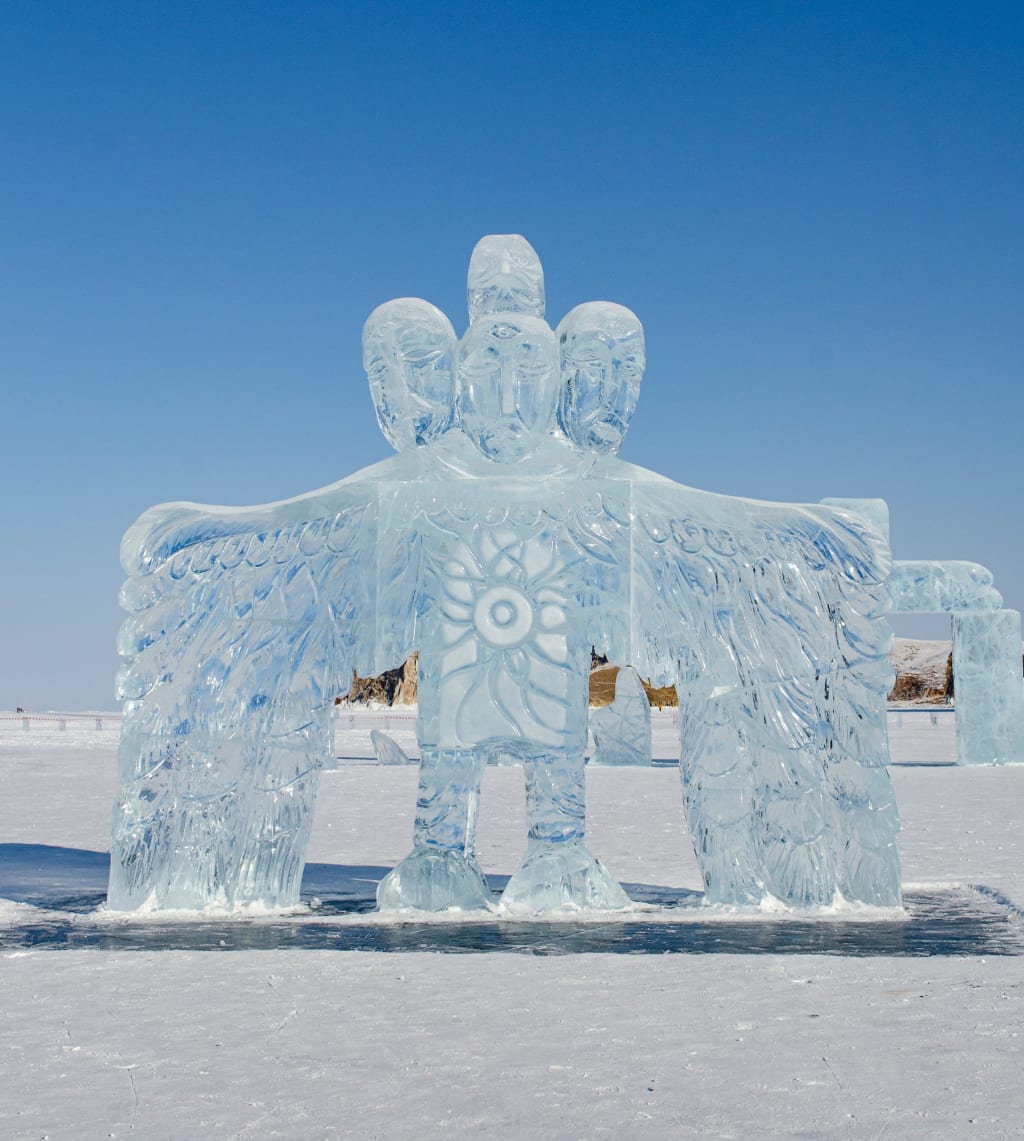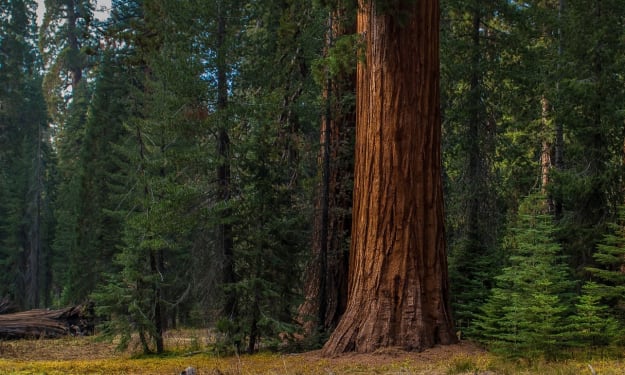Mummies From the Ice Age, Frozen in Time
Mummies from the Ice Age that have been preserved in space.

Learn about the discoveries made by researchers in the Arctic permafrost as well as the far-reaching consequences of its thawing.
In June 2022, a gold miner in the Canadian Yukon made a stunning discovery. He discovered the unusually well-preserved, frozen remains of a woolly mammoth calf that perished 30,000 years ago while working on the traditional territories of the Tr'ondk Hwch'in First Nation. This discovery is not the only one of its kind. Jessica Howard and Brendan Rogers unearth, from their extensive research on this subject, mysteries hidden in the permafrost of the Arctic.
Due to the fact that the Arctic is home to numerous undiscovered mysteries, this discovery is not unique. Permafrost is found in about 15% of the Northern Hemisphere. Permafrost is defined as ground that has been frozen for at least two years and generally much longer.
The Yukon contains the oldest known permafrost, which has been frozen for 740,000 years. Permafrost thickness varies as well, from less than a meter in some places to more than a kilometer in others.
Additionally, biological remains are extraordinarily well-preserved by permafrost. If any ice crystals are present near permafrost-buried artifacts, they aid in removing moisture. Additionally, under these sub freezing conditions, microbes that normally quickly degrade plant and animal tissues have slower metabolic rates.
As a result, permafrost can occasionally provide scientists with genuine freeze-frames of long-ago times, allowing them to reconstruct what an old animal would have looked like rather than needing to rely on fossilized skeletons.
A 7-week-old gray wolf pup that had been frozen in permafrost for 57,000 years was encountered by another gold miner in 2016. She had been chowing down on salmon, according to researchers, who believe she died suddenly—possibly when the lair she was hiding in collapsed.
Reindeer herders in 2020 came across unmistakably bear-related corpses.
However, it was discovered that they could have been 39,500 years old. They were a cave bear's property. About 24,000 years ago, the species went extinct. Only the skeletal remains of cave bears had ever been observed by scientists prior to this.
Even partial animal remains discovered in permafrost have produced amazing findings. Using DNA sequences from 1.6 million-year-old mammoth teeth, researchers discovered a new species of mammoth in 2021—making it the earliest known sequenced DNA. Additionally, astonishing discoveries are not limited to the animal kingdom: in 2012, researchers successfully revived a blossoming arctic plant from seeds they discovered embedded in squirrel burrows that were 32,000 years old.
However, all the ancient artifacts in permafrost that we haven't yet found are under risk as well as many other things due to the quick thawing of permafrost. The Arctic is warming three to four times as quickly as the rest of the planet. Additionally, the plants and soil that would otherwise help to keep the permafrost cool are being burned due to an increase in extreme weather events like lightning and wildfires.
Permafrost thawing has alarming and widespread repercussions. The terrain may be flooded or eroded, the ground may split and fall in on itself, and formerly stable trees may tilt and create so-called "drunken forests." Additionally, it may cause large-scale landslides and endanger vital infrastructure.
The permafrost thaw may put 3.6 million people in jeopardy by the year 2050. This includes a large number of Indigenous and First Nations people who have lived in the Arctic region for ages. They currently have to make difficult choices regarding how to safeguard their communities and way of life in the face of climate change.
Beyond the Arctic, thawing will have a significant impact.
This is due to the estimated 1.6 trillion tonnes of carbon that are stored in permafrost. That is more than twice what is present in the Earth's atmosphere as of 2022—and more than fossil fuels have ever caused mankind to discharge. Because of the abundance of organic material it contains—some of it in the form of intact remains, but most of it in the form of partially degraded soils and sediments—permafrost is one of the greatest carbon repositories on the planet.
Microorganisms break down organic matter more quickly and emit gases like carbon dioxide and methane when it starts to thaw. As more gases are released, the climate heats, forcing more permafrost to thaw and release even more greenhouse gases. This starts a feedback loop.
When mammoths and cave bears roamed the Earth thousands of years ago, pictures of that time were preserved to help future generations understand the diversity of life on Earth. The Arctic must maintain its composure.
About the Creator
Althea March
I am a writer who searches for facts to create compelling nonfictional accounts about our everyday lives as human beings, and I am an avid writer involved in creating short fictional stories that help to stir the imagination for anyone.






Comments
There are no comments for this story
Be the first to respond and start the conversation.